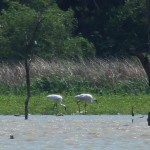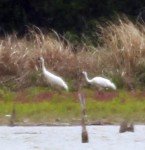NOTE: This post is part of a continuing series of observations: [ First | << Prev | Next >> ]
This visit to Lake Ray Hubbard marks the two week anniversary of the Whooping Crane’s arrival. It is still not clear what brought the cranes to this location, or what they are doing here. As has been mentioned earlier, these birds are first year juveniles—sub-adults. So, even though it is a male-female pair, they are not here to breed. They are too young for that.
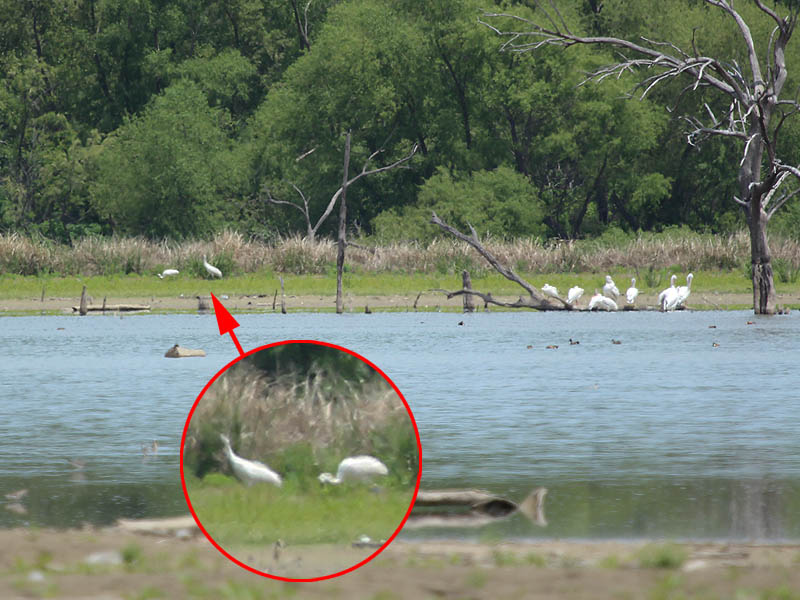
The Whooping Cranes were engaged in their usual activity of foraging up and down the west bank of Lake Ray Hubbard. There was nothing remarkable about their behavior on this afternoon, so I used the opportunity to document the habitat the cranes have chosen with a kind of 360° video:
To date the pictures I have posted here have been blurry and distant. Just enough to document that these are Whooping Cranes to people who know what Whooping Cranes look like. For everyone else there may still be some ambiguity. With that in mind I headed off to Wikipedia to find some good representative photographs of Whooping Cranes. This is what a Whooping Crane looks like closeup:
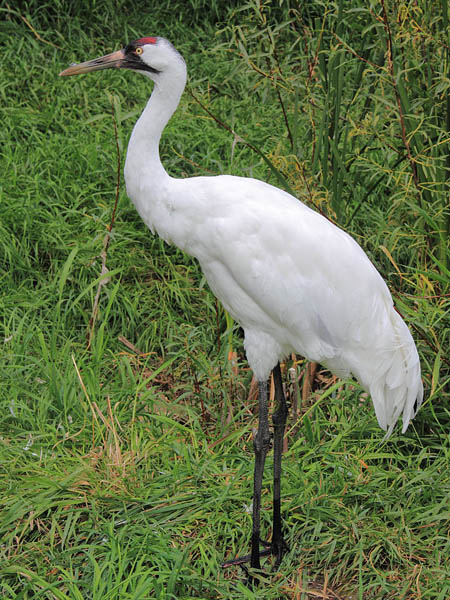

Adult Whooping Cranes are around 5 feet (1.5 meters) tall when standing upright. They are white overall, but expose black wingtip feathers when in flight. They have a gentle S-neck, a pink pointed beak, a black face, and a red cap. Yellow eyes and black legs and round out the description.
Whooping Cranes are exceedingly rare. There are only just over 400 of them left in the wild. They are not normally in the DFW Area—that’s one of the factors that makes the arrival of these two cranes such a special occasion.
Confusingly, there are several other species of large white aquatic birds that frequent the Dallas/Fort Worth area (some with black-tipped wings and some exceedingly rare in their own right). Many of these could be mistaken for a Whooping Crane under certain conditions. Several are on site at Lake Ray Hubbard
Because of the rarity of Whooping cranes, it is necessary to first eliminate these other birds as possibilities when a large white bird is spotted. See the pictures below:
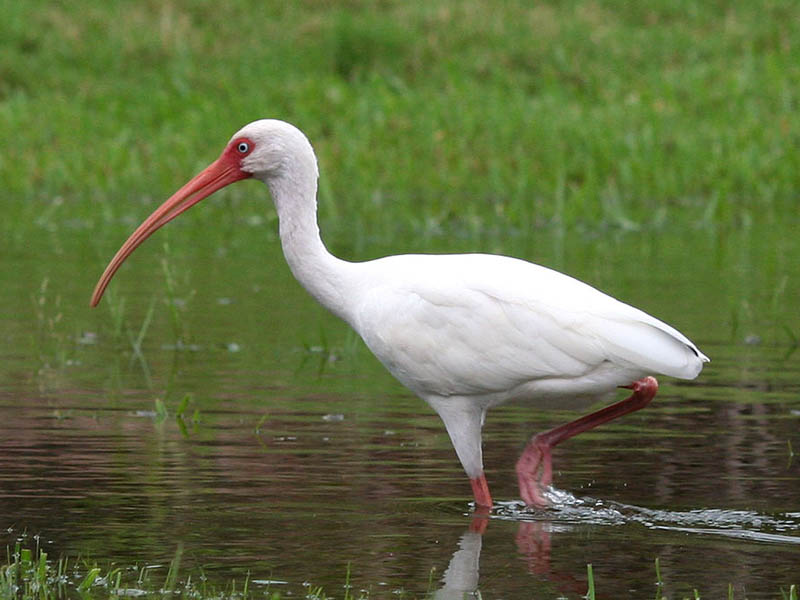
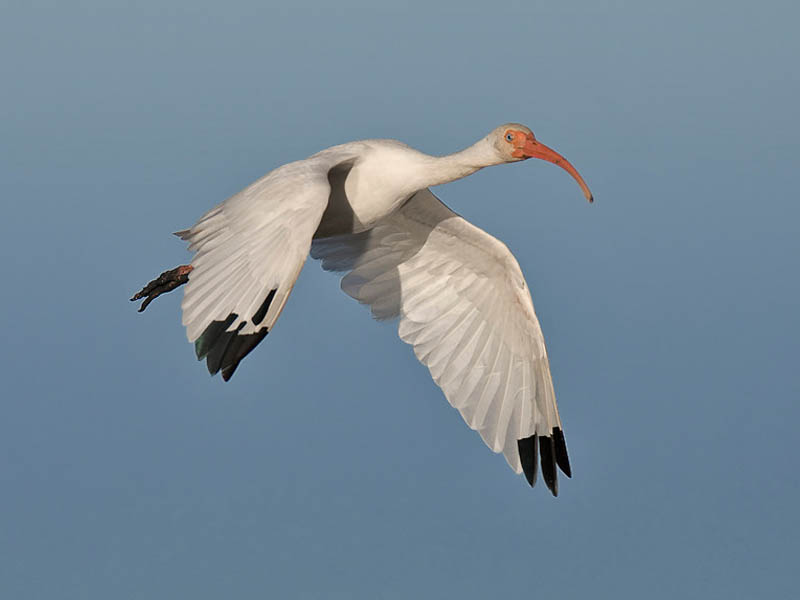
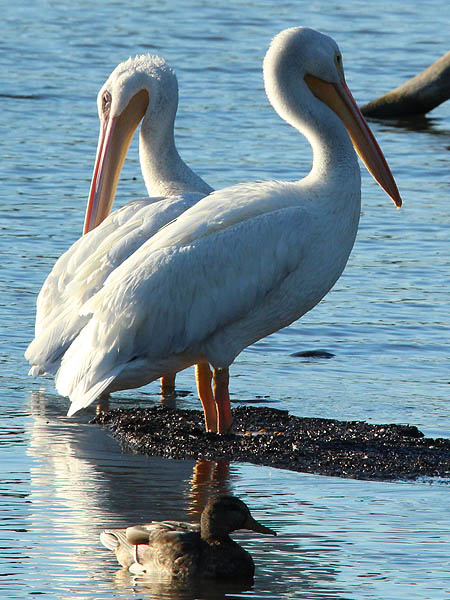
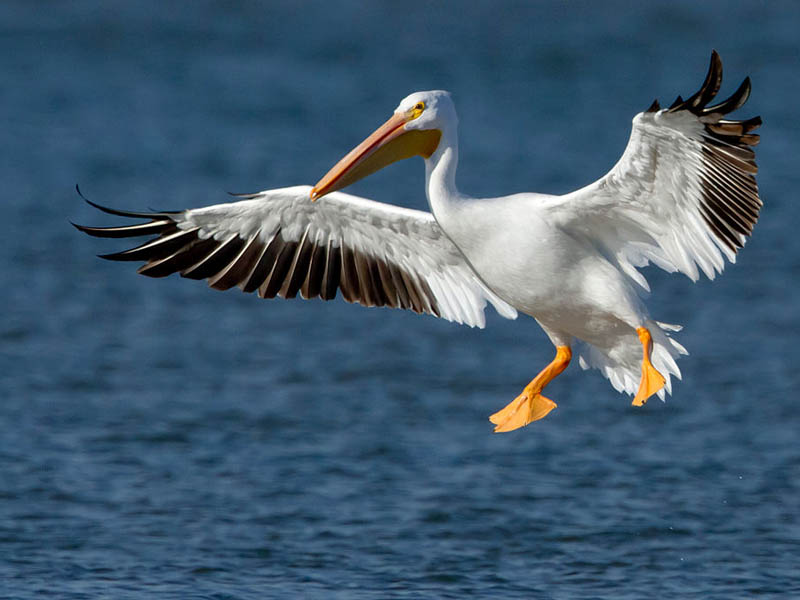
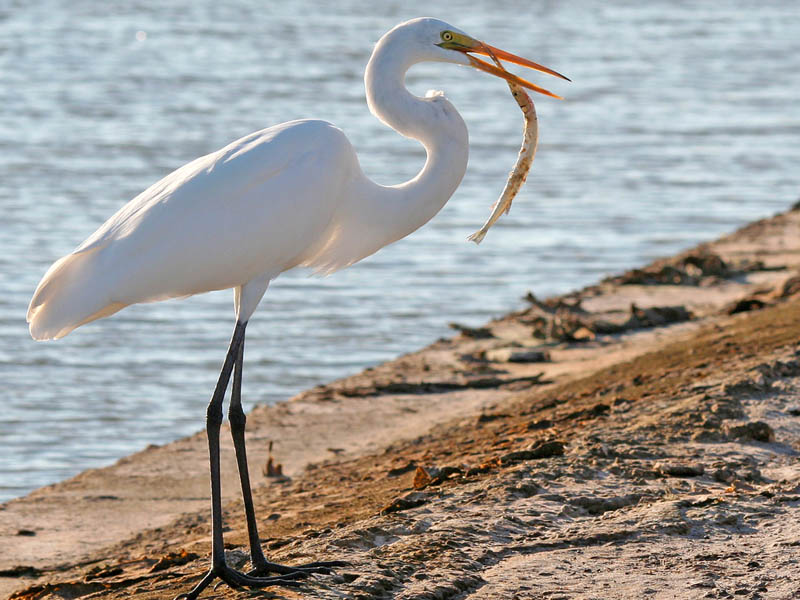
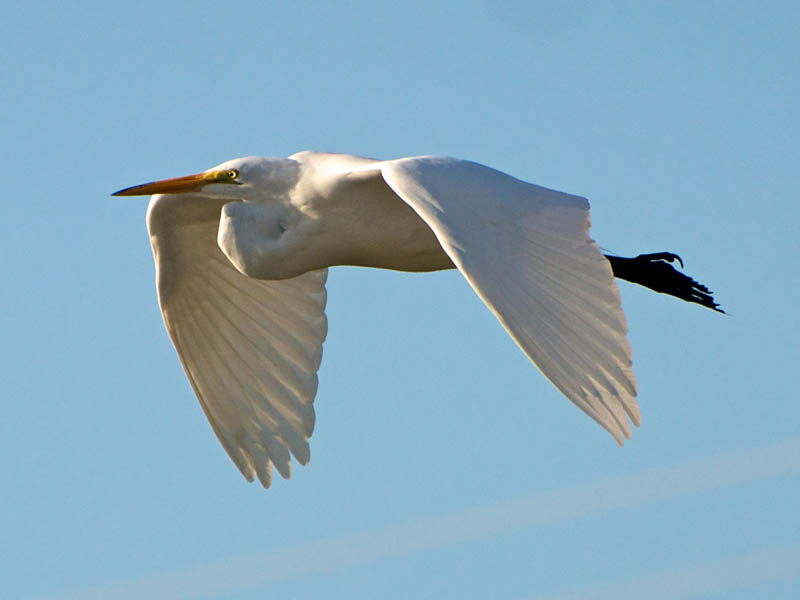

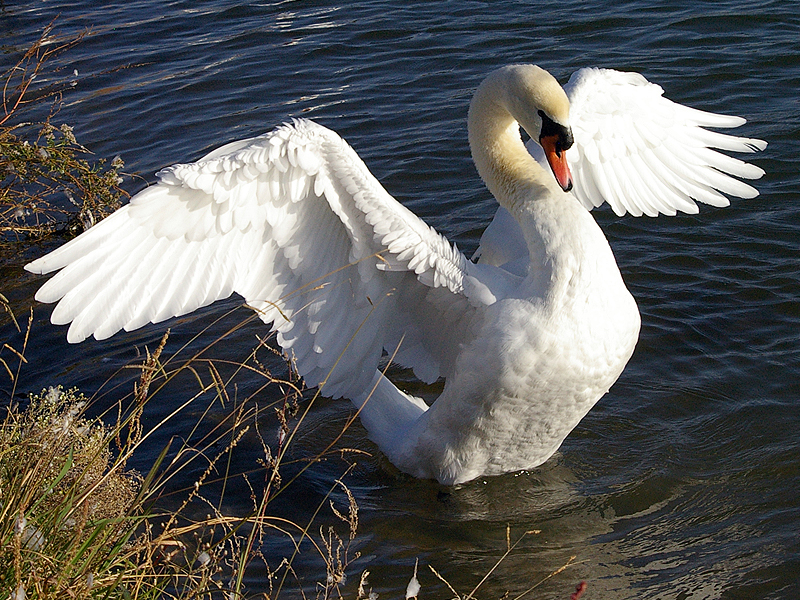


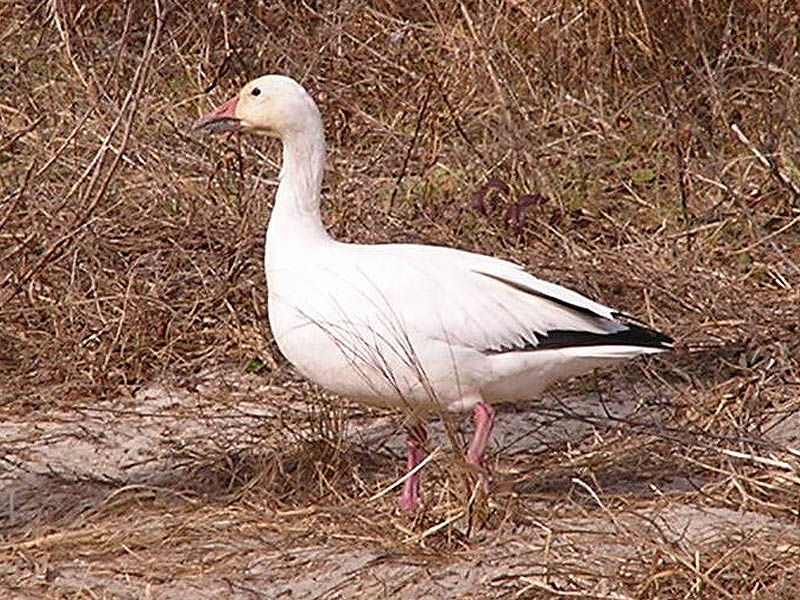
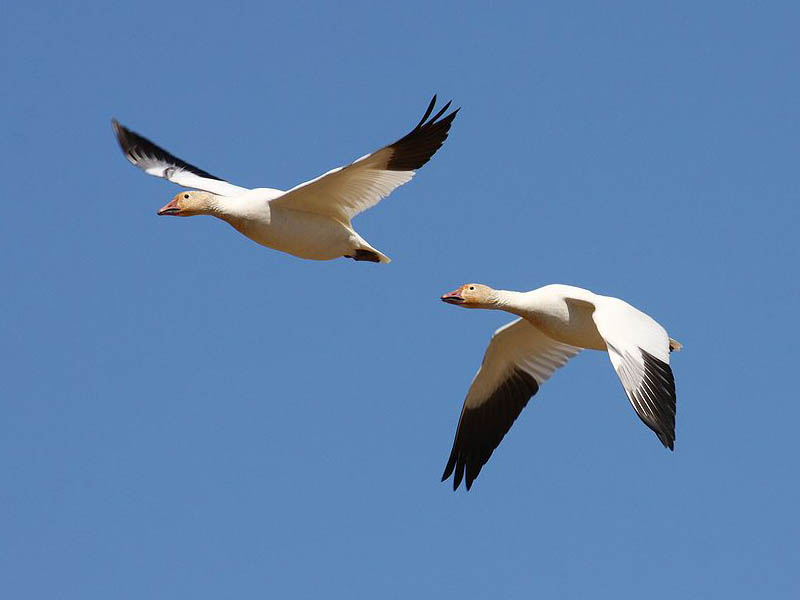
NOTE: This post is part of a continuing series of observations: [ First | << Prev | Next >> ]


